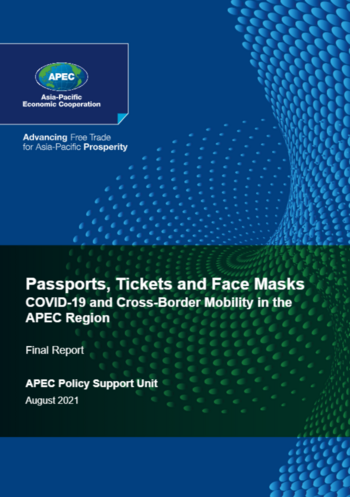Impacting Online Social Discourse at the Oversight Board
In recent years, social media’s role in shaping social discourse has become more evident than ever. A global pandemic fueled by misinformation, an insurrection orchestrated online, and many other global events reminded us that the way in which social media companies outline their rules and practices directly affects the way we interact, behave and exchange ideas within a society. By shaping social media, we do, in fact, shape society.
At the Ford Dorsey Master's in International Policy (MIP), I research how policymakers can enhance the positive outcomes of social media and mitigate the risks they pose. It is clear today that this task is not one government can take on alone. Regulating Big Tech is just not enough. Only combined efforts of governmental and private entities can successfully tackle the great challenges introduced by online platforms. During my summer internship as a Public Policy Intern at the Oversight Board, I examined the role of non-governmental forms of online platform regulation.
The Oversight Board is an independent body of 20 global experts that examine the most significant and difficult content moderation decisions made by Facebook. In each case, the Board determines whether Facebook’s decision to take down a post or keep it up was in line with the platform’s Community Standards and values, and with International Human Rights Standards. Within 90 days of taking a case, the Board issues a binding decision on whether a piece of content should remain on the platform and a set of policy recommendations Facebook must respond to within 30 days. To date, the Board issued 14 decisions, including the widely-discussed case regarding the removal of former president Donald Trump from the platform.
While the Board’s policy recommendations are not binding, the transparent nature in which Facebook responds to them encourages adoption, and in practice, the platform has adopted most recommendations to date. For example, in August, Facebook announced that following a recommendation by the Board, the platform will start notifying users when it identifies that content violates its Community Standards through a governmental referral. This development, long advocated for by digital rights organizations, will help users identify frequent government censorship.
The Board is a unique organization not only in its novel approach to social media regulation, but also because of its global impact on every Facebook user regardless of borders and jurisdictions. As such, the Board should reflect the diverse user base of the platform, and it does. As part of the communication team, I was able to work with leading digital rights professionals from around the world and with team members to help facilitate engagement with stakeholders from every part of the globe. This included identifying global and regional stakeholders who have a particular interest in the Board’s cases and encouraging them to participate in deliberations by submitting public comments. These comments help the Board consider the wide range of perspectives and contexts of each case. I worked on a case involving content relating to the Israeli-Palestinian surge of violence in May 2021 and a Policy Advisory Opinion about the disclosure of private residential addresses.
Through my internship, I was able to better understand the unique role the Oversight Board has in the overall regulatory framework of social media. Many criticize the Board for its narrow scope and limited impact. These arguments have merit, but I also witnessed firsthand how the Board’s efforts have guided crucial changes to Facebook’s policies, including on contentious issues where users from different regions have virtually contradictory concerns. Such changes could not, and should not, have been mandated by governments. While not a solution to all the problems posed by social media, I can appreciate today that the Oversight Board has a critical and unique role in solving some of them. In the current state of social media regulation, that should not be underestimated.

Eyal Zilberman (Ford Dorsey Master’s in International Policy Class of ’22) had a unique opportunity to see the challenges of regulating social media on from the inside out while working with the Oversight Board as an intern.





